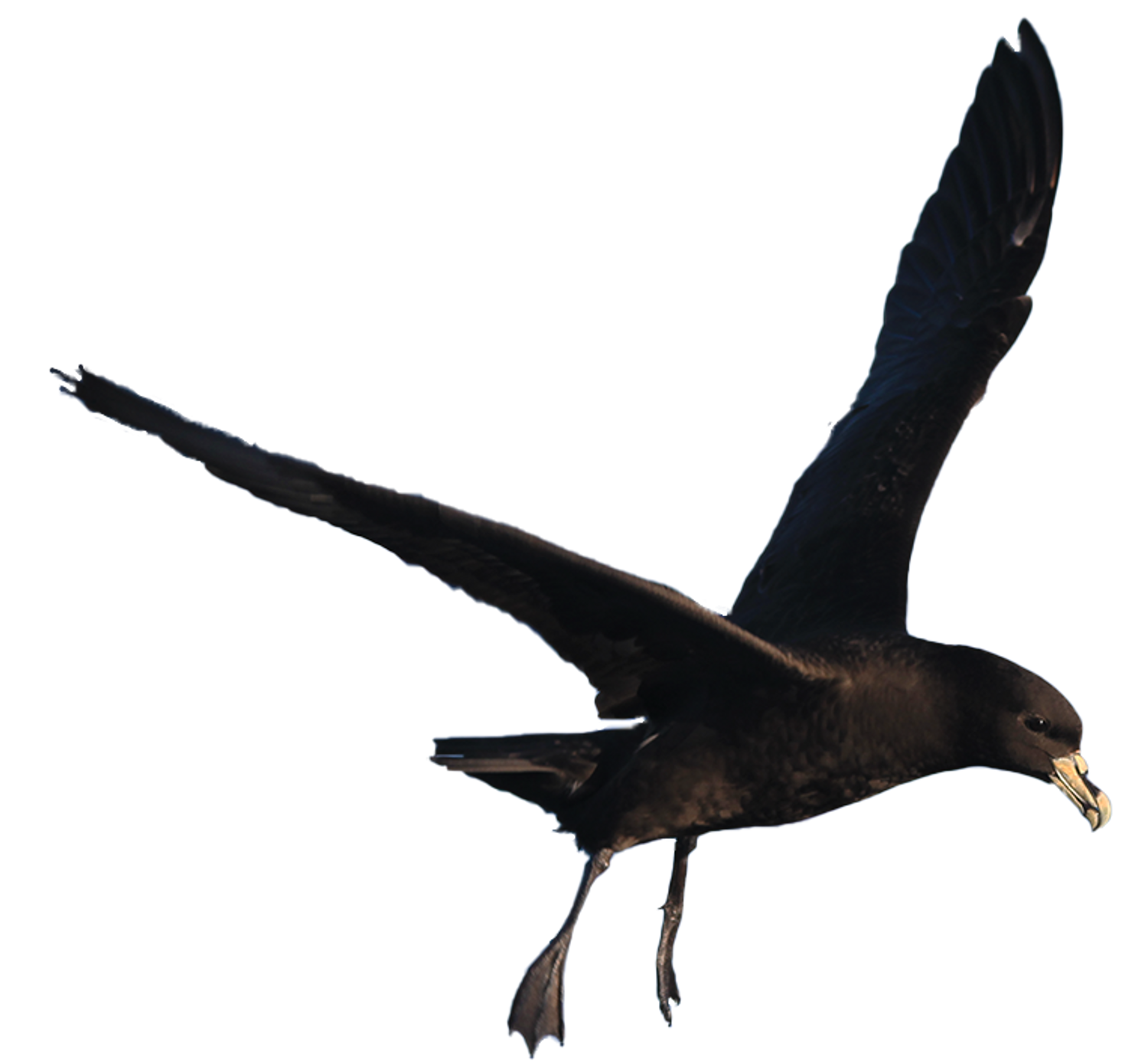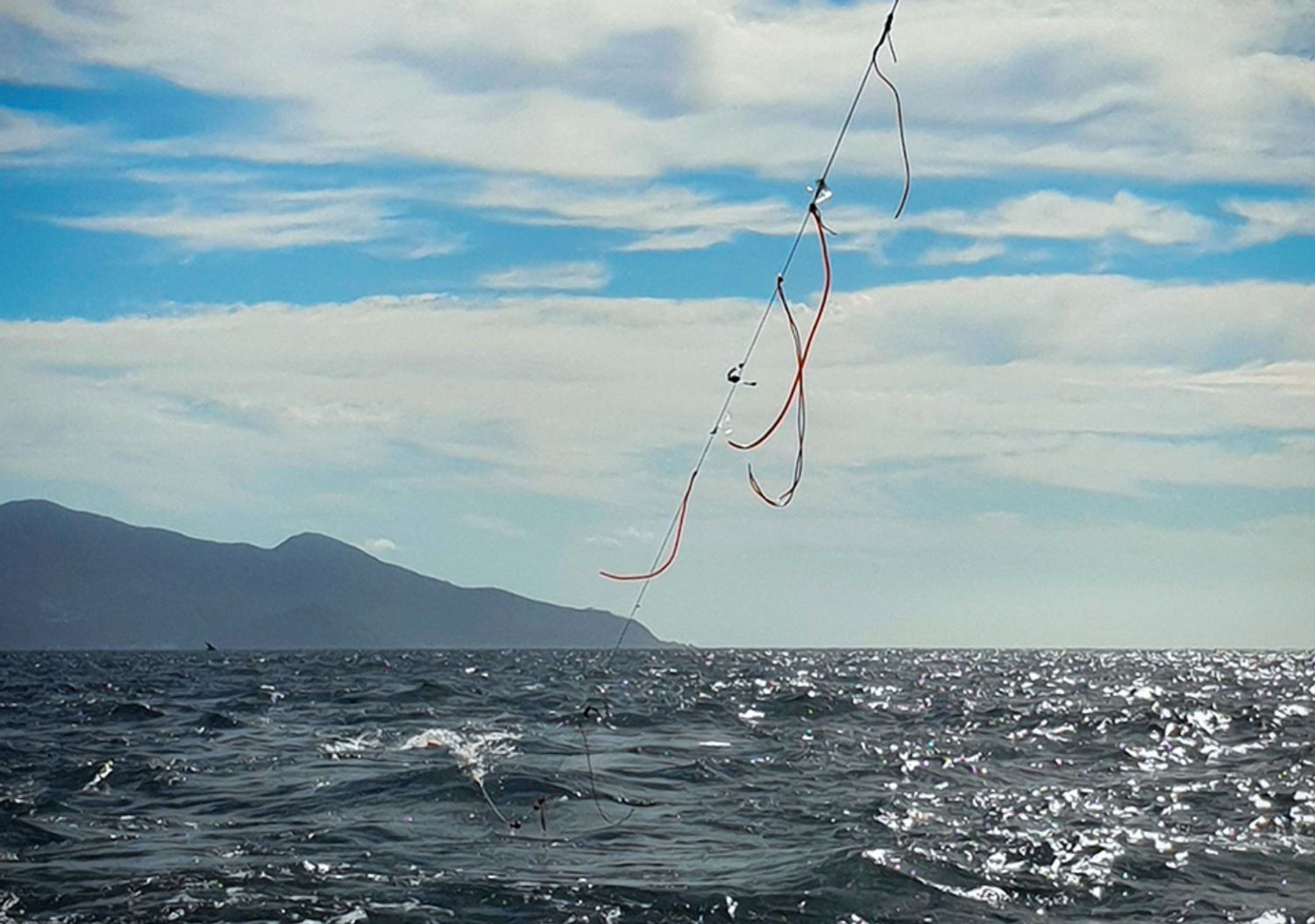
Long-lining's only real environmental challenge is the mitigation against unwanted capture of seabirds.
We have put a massive effort into implementing systems to avoid their capture when they try to dive and feed on our baited hooks.

There are regulated mitigation requirements, which include:
We go the extra mile to utilise other preventative tools/methods that fishers have come up with, including:

BPWG is a collaborative group formed in 2014 in response to the 2013 MPI seabird risk-assessment that showed Black Petrel are the most at-risk seabird from fishing in NZ.
It is a unique group made up of NGOs, Fishing Industry, statutory bodies, iwi organisations and government agencies.
The goal is to ensure seabirds in Fishing Management Area 1 (FMA1) thrive by minimising fishing pressure and to recognise fishers locally and nationally as seabird advocates.
Lee Fish has company policy that all skippers MUST attend Seabird SMART training where they learn about the birds they interact with in their fishing area, bird life/history, best-practice mitigation and idea sharing.
Skippers, crew and land-based employees are encouraged to visit seabird colonies (eg Mt Hobson, Great Barrier) to gain deeper understanding and respect for black petrels.
Protected Species Management Plans (PSMP) - all long-line vessels have one of these developed specifically for their vessel - it details their methodologies during fishing and what to do in certain circumstances including extra weights when seabirds are present etc.
Seabird Liaison Officers - Department of Conservation-funded personnel who work with fishers to make / set-up tori lines and put together PSMP's.
Lee Fish is an active supporter and sponsor of Southern Seabirds Solutions Trust (SSST). SSST is an organisation made up of fishing industry leaders, government officials, conservationists, eco-tourism operators, scientists and researchers and follows the underpinning principle of 'conservation through cooperation'. SSST's vision is to minimise deaths of seabirds during fishing. Several Leigh fishermen have recieved the SSST's Seabird SMART award, presented at NZ Parliament every two years.
Back to Sustainability